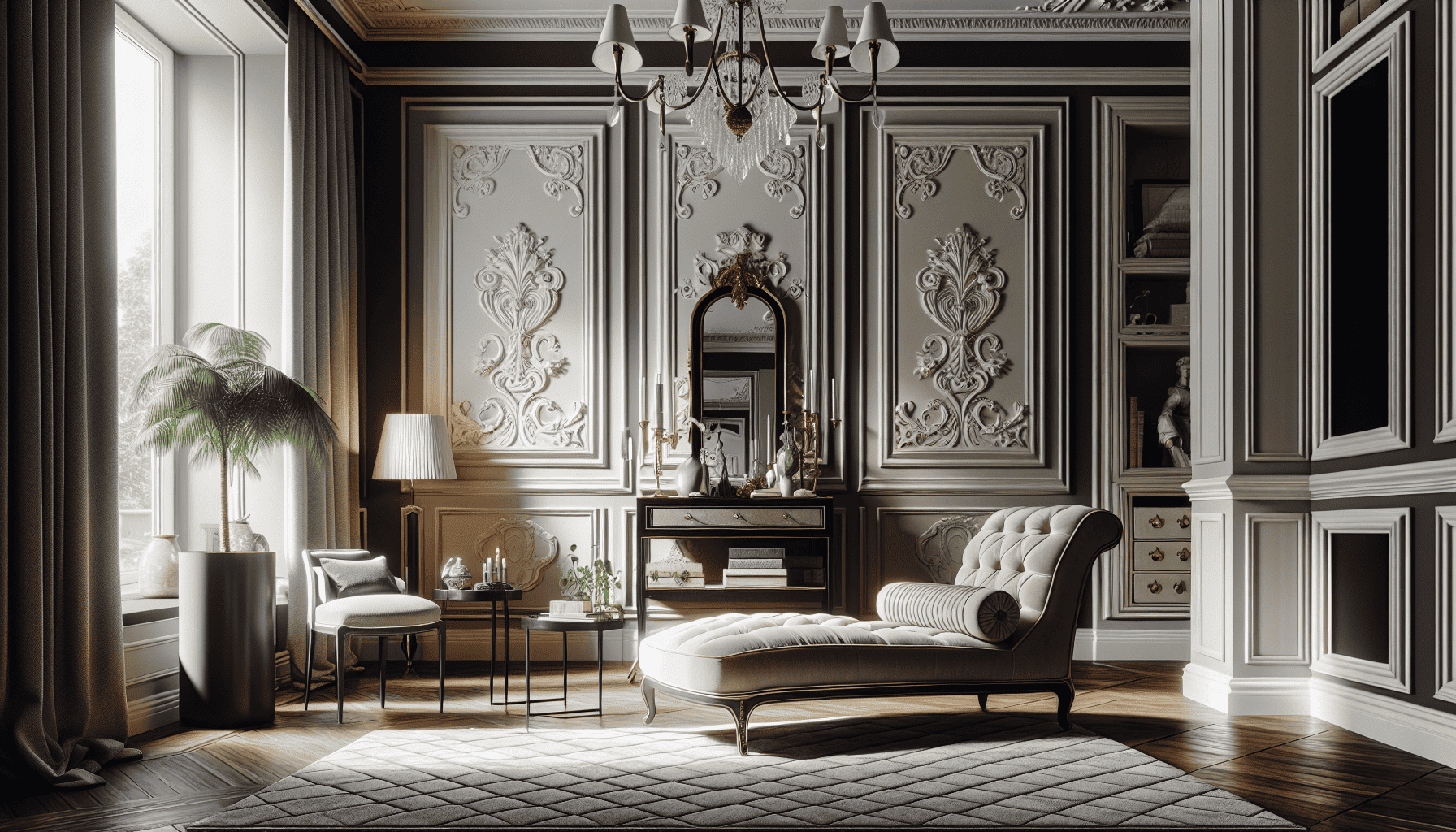In today's world of interior and product design, the fusion of modern and traditional elements has become an increasingly popular approach. This harmonious combination brings together the best of both worlds, blending classic elegance with contemporary innovation to create products that are both timeless and fresh.
The appeal of traditional design lies in its warmth, timelessness, and ability to evoke a sense of nostalgia. Classic design elements, such as intricate carvings, rich woods, and luxurious fabrics, often convey a feeling of history and craftsmanship. These elements have a lasting appeal that can ground a space or product in a sense of tradition and permanence.
On the other hand, modern design is characterized by simplicity, functionality, and a forward-thinking approach. Clean lines, minimalist forms, and a focus on space and light define this aesthetic. Modern design emphasizes innovative materials and cutting-edge technology, offering products that cater to the contemporary lifestyle.
By marrying these two design philosophies, designers can create products and spaces that are enriched by contrast and balance. This is seen in items like furniture that incorporates both sleek, modern lines and traditional detailing, or lighting fixtures that combine vintage shapes with modern technology.
One of the keys to successfully blending modern and traditional design is proportion. Balancing the amount of traditional and modern elements ensures that one style doesn't overwhelm the other. Additionally, designers often select a neutral color palette as a foundation, allowing for seamless integration of both styles.
Materials play a crucial role in achieving this harmony as well. Combining materials like metal and glass often seen in modern design with classic materials such as wood and leather can result in unexpected yet stunning contrasts that highlight the qualities of each.
Incorporating traditional art forms and motifs into modern contexts can also create a unique narrative. For example, using traditional textile patterns in innovative ways—such as digital prints on contemporary furniture—establishes a dialogue between the past and present.
The fusion of modern and traditional design extends beyond aesthetics; it also respects cultural and historical contexts while embracing the new. This approach can make design more accessible and inclusive, as it honors the past while meeting the demands of the present.
Ultimately, the successful combination of modern and traditional design relies on a deep understanding of the qualities of each style. Designers must thoughtfully consider how these elements can complement rather than compete with one another, ensuring that every product becomes a harmonious blend of history and innovation. This mindset fosters creativity and allows for the creation of products that not only appeal aesthetically but resonate emotionally with their users, bridging the gap between the old and the new.
